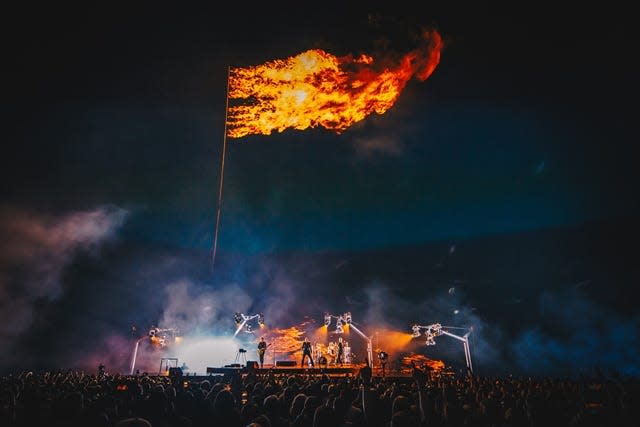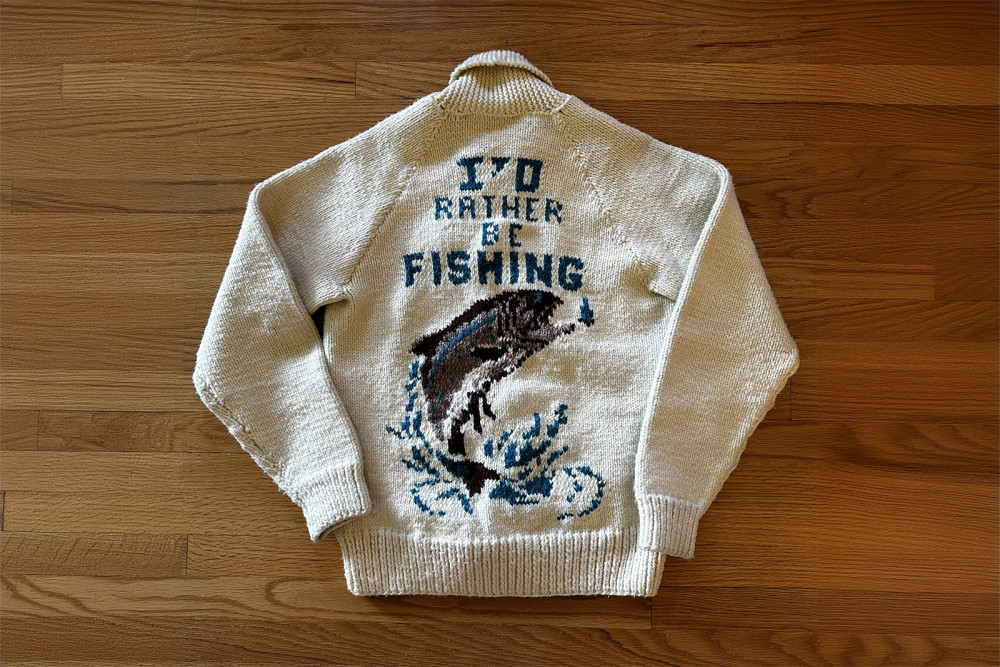When Napster launched in June 1999, few could have imagined the impact it would have. The software allowed people to share music files online for free, but at the time consumers were buying hundreds of millions of music CDs each year.
Napster certainly contributed to the demise of the CD. Once you downloaded the software, you could connect with other music lovers and browse the collection of digital music tracks ripped and stored on their computers – and download them for free.
When music industry executives and lawyers saw how Napster could appeal to a potentially endless legion of CD-buying people, they were “utterly shocked.”
“They had assumed that the compact disc would be a cash cow forever, and now they saw its sudden demise,” said Ken Pohlmann, professor emeritus at the University of Miami and author of “Principles of Digital Audio,” who is also an electrical engineer and served as technical adviser during these discussions.
Half the executives said, “The world is ending,” while the others said, “Why didn’t we think of that?” said Pohlmann, who is also a columnist for Sound & Vision. “Some of the smartest executives realized that when Napster closed, they could adopt the online distribution model and make a fortune.”
And that’s exactly what happened: Napster went out of business and record companies and Hollywood began to rethink the way music, movies and other forms of entertainment are distributed to consumers.
Napster: It’s been 25 years since the file sharing network launched and changed the music industry forever
Here are four ways the original file-sharing site changed the entertainment industry.
Napster introduced music lovers to digital music
When Napster became popular, consumers were spending more than $25 billion a year on recorded music. As the software spread, colleges began blocking access to Napster because it clogged up their networks.
Napster “took an underground hobby mainstream,” Joseph Menn, author of “All the Rave: The Rise and Fall of Shawn Fanning’s Napster,” told the Los Angeles Times in May 2024. “Nobody goes out and buys 100 records, but here the supply of music was infinite. It’s always been a social lubricant to make a mixtape for someone you wanted to go out with. Now you can do it on a massive scale.”
And the young software company also turned the business model of sound recordings on its head. “There was no need to create millions of copies – to manufacture, distribute and sell each one,” said Pohlmann. “Instead, a file could be put online and sold simultaneously to as many people as wanted to buy it. The benefit to the customer was obvious – the price could be lower and the convenience was incredible.”
Napster has changed the way music is sold
Even though Napster did not directly change the behavior of every single music consumer, it did signal an impending change in music sales.
In 1999, when Napster launched, CD sales accounted for $23.4 billion, nearly 88% of recorded music revenue, according to the Recording Industry Association of America. Overall, 1999 was the highest year for recorded music revenue, at $26.7 billion, according to the RIAA. CD sales are expected to decline to $537.1 million in 2023.
“Napster was the beginning of the end for record stores that sold physical media like LPs, cassettes and CDs,” Pohlmann said.
Napster changed the way musicians made a living
Many artists depended on the sale of records for their livelihood and Napster made them speak out against its business model: their music was traded freely.
“Musicians love the idea that all music is available to all people, but without fair pay, many musicians would have to find other ways to make a living,” singer Peter Gabriel said at the time in a statement from the group Artists Against Piracy.
But even then, indie artists sang a different song. When Napster came along, “I was making a modest living as a punk rock musician and record label owner,” Jenny Toomey wrote in Fast Company in March 2024. After playing in bands like Grenadine and Tsunami, she co-founded the label Simple Machines.
If a band sells 10,000 copies of an album, they could make about $50,000 in revenue, says Toomey, who is now director of the Ford Foundation’s Catalyst Fund, which works to improve technology in the public interest. “Today, that band’s entire album would have to be streamed a million times to generate the same financial return.”
“We quickly learned that the so-called tech revolution in music was not designed to deliver for us,” writes Toomey, who sees similarities between the tech industry’s current push to advance AI and the digital music transformation of the early 2000s. “Instead of allowing artists to make a living from their work, most musicians’ income from physical media like CDs and records plummeted, and digital royalties were fractions of cents on the dollar. Today, I can imagine this story repeating itself across all sectors.”
Artists like Taylor Swift and Beyoncé are not the norm because they are artists who not only sell tons of albums but also sell out stadiums.
“Help for the Favor”: Taylor Swift repeatedly calls on workers to provide fans in Spain with water
Live performances have become the primary revenue generator for most music artists – even smaller acts that can sell merchandise, even vinyl albums and CDs, at shows. Big artists have always relied heavily on live performances. For example, U2, the highest-paid music act of 2017 in Billboard’s annual report, earned $54.4 million that year, with about 95%, or $52 million, coming from touring, Business Insider reported.


Dave Matthews, frontman of the Dave Matthews Band, had concerns about music’s impending digital age, but told USA TODAY at the time: “I don’t feel threatened financially by the collapse of the industry,” he said. “I make most of my living from touring. Nobody is going to be able to download that.”
Napster ushered in the future of music and film streaming
Not only did Napster whet consumers’ appetites for digitally delivered music, it also anticipated the potential of a “celestial jukebox” or “jukebox in the sky” created by today’s music streaming services.
Although the original Napster was “an illegal enterprise and the music industry’s worst nightmare, it was also a stroke of genius that perfectly illustrated the future of their industry,” Pohlmann said.
As broadband connections for homes and mobile devices advanced, streaming services like Spotify entered the market. Next came streaming video players like Netflix and video game streaming services like PlayStation Plus and Xbox Game Pass Ultimate.
Today, most consumers get their music through streaming services. According to the RIAA, music revenues thanks to streaming have grown from $8.6 billion in 2015 and 2016 to $17.1 billion in 2023.
According to the RIAA, consumers will spend $10.1 billion on music streaming subscriptions in 2023 – 59.3% of all recorded music revenue.
Both vinyl albums and CDs have proven to be fairly enduring formats, perhaps because some consumers still value the tactile nature of ownership.
Looking for reliable local streaming options? Check out USA TODAY Home Internet for broadband service plans in your area.
Contributors: Edna Gundersen.
Follow Mike Snider on X and Threads: @mikesnider and Subscribe to.
What is everyone talking about? Subscribe to our trend newsletter to receive the latest news of the day
This article originally appeared on USA TODAY: Napster: 4 biggest impacts of the free music sharing network



:max_bytes(150000):strip_icc()/GettyImages-1438003077-14d0d4a8674e4f3ead028652870c34ad.jpg)